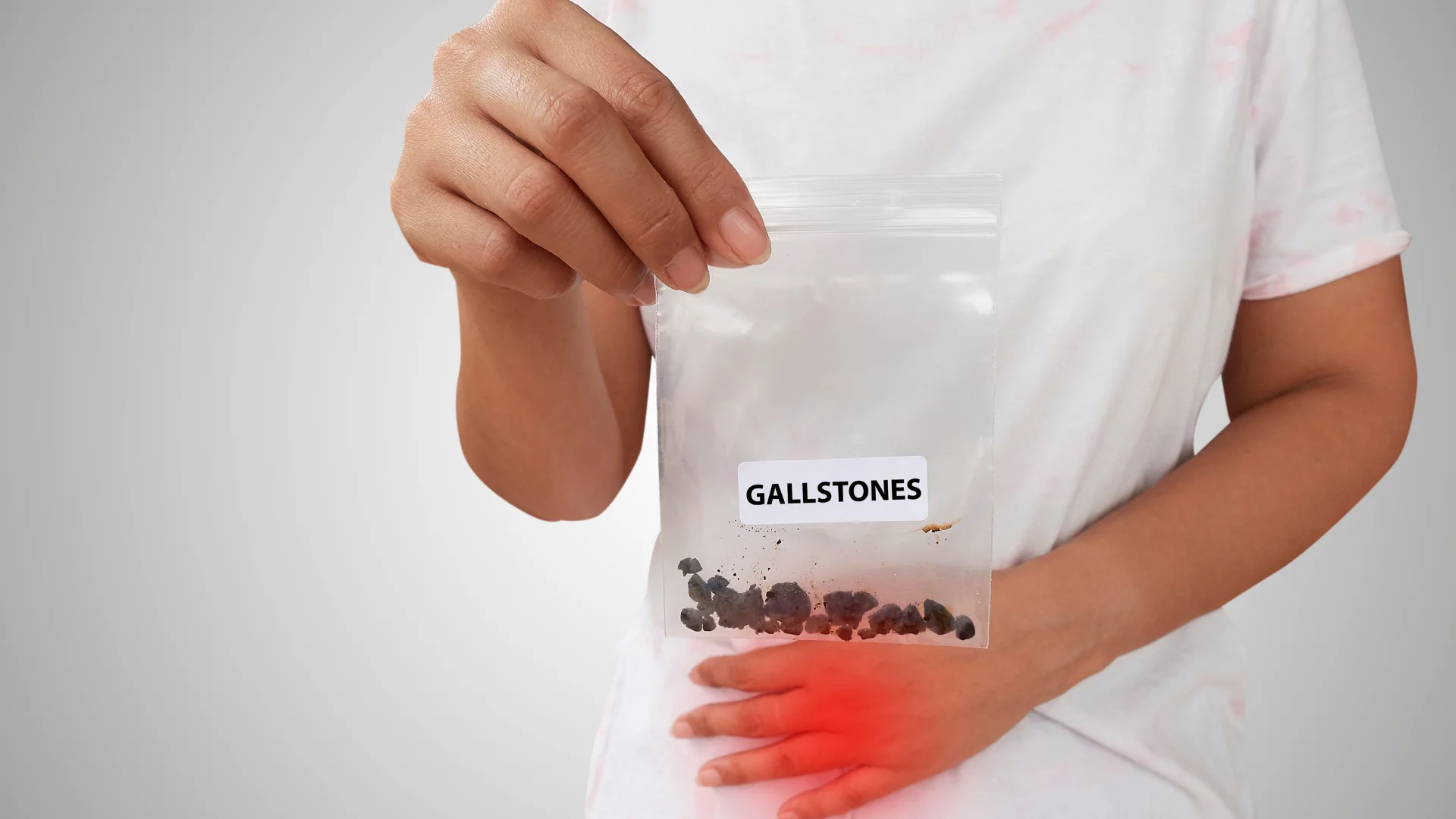
Gallstones: Understanding the Causes, Symptoms, and Treatment 🧱
Gallstones are a common condition that can be easily detected through an abdominal ultrasound. In developed countries, gallstones are found in about 5% to 15% of the population, with women being more frequently affected than men.
The gallbladder, located under the liver, stores bile—a fluid produced by liver cells. Bile consists of 80% water and other substances, including cholesterol, phospholipids, and bile acids, in a specific balance. When this balance is disrupted, bile can solidify, forming gallstones.
What Causes Gallstones? 🤔
Several factors increase the risk of gallstone formation, such as:
Symptoms 🔍
Gallstones don’t always cause symptoms, but when they do, they may include:
How Are Gallstones Diagnosed? 🩺
Doctors use a variety of tests to confirm the presence of gallstones. The most common include:
Treatment Options 🏥
Treatment depends on the severity of symptoms and the size of the gallstones:
Prevention Tips 🛡️
While gallstones can’t always be avoided, certain steps and precautions can help reduce your risk. Some examples include:
Conclusion
Gallstones are a common condition that can be effectively managed. By recognizing the risk factors and symptoms, you can seek timely medical advice and treatment when necessary. Maintaining a healthy lifestyle and scheduling regular checkups can greatly reduce your risk. If you experience ongoing abdominal discomfort or other concerning symptoms, consult a healthcare professional without delay.
🩺 Explore out our Check-Up Programs!
DISCLAIMER: The information presented on this page has been intentionally condensed and simplified to make it accessible and easier to understand for the general audience. Its purpose is solely to provide basic awareness and education on the topic discussed. It is important to note that this content is not exhaustive and does not replace or serve as a substitute for professional medical advice, diagnosis, or treatment. Readers are strongly advised to seek consultations with qualified healthcare professionals or specialists for accurate assessment, personalized guidance, and appropriate medical care. Relying solely on the information provided here, without professional oversight, may lead to misunderstandings or inadequate treatment.
Privacy policy
Copyright ©2025 Klinika Kajo. Designed By Vizional